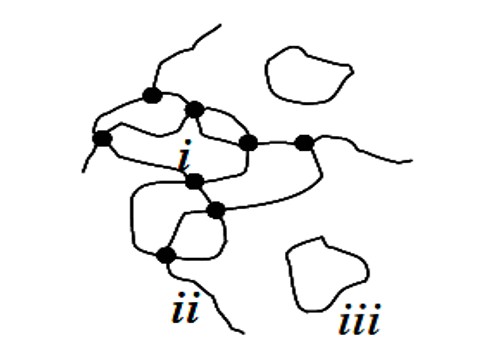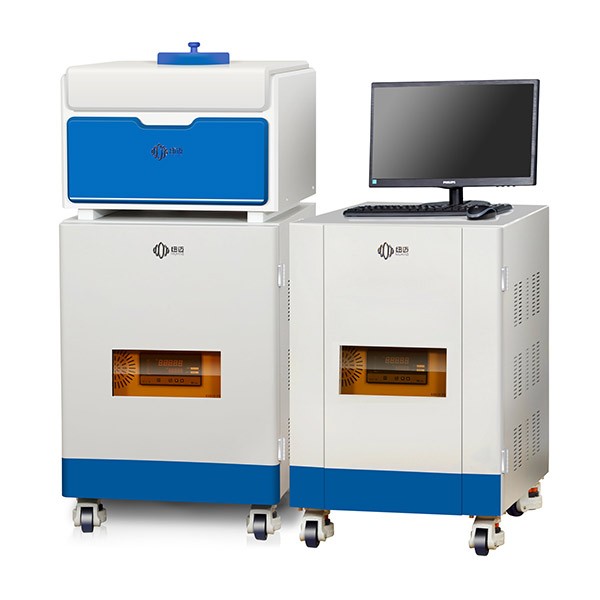Crosslinking Density NMR Analyzer
Crosslinking density pertains to the concentration of chemical crosslinks present within a polymer or polymer network, resulting in the formation of a three-dimensional structure. This density holds significant sway over a multitude of polymer characteristics, including mechanical robustness, thermal resilience, and resistance to chemical agents.
The assessment of crosslinking density employs diverse methodologies
Swelling Approach: Employing the swelling methodology entails immersing the polymer specimen within a solvent and measuring the extent of swelling. A densely crosslinked structure obstructs solvent infiltration, and contrasting the swollen and unswollen states serves to estimate crosslinking density.
Equilibrium Swelling Theory: This theoretical methodology involves scrutinizing the equilibrium swelling tendencies of the polymer using mathematical models, ultimately deriving crosslinking density as a parameter in fitting these models.
Theories of Rubber Elasticity: The Flory-Rehner equation and analogous theories in rubber elasticity establish connections between the elastic traits of a polymer with crosslinking density. By assessing mechanical attributes such as rubber modulus or stress-strain characteristics, one can calculate crosslinking density through these theoretical frameworks.
NMR for Crosslinking Density Determination: Nuclear Magnetic Resonance (NMR) spectroscopy emerges as a valuable avenue for understanding crosslinking density. Techniques such as spin diffusion NMR or relaxometry NMR gauge parameters like the average distance separating crosslinks or the density of crosslinking sites, enabling the quantification of crosslinking density.
The choice of approach hinges on factors such as the nature of the polymer system, accessible instrumentation, and the desired precision. Typically, researchers opt for a combination of experimental and theoretical methods to garner a comprehensive understanding of crosslinking density.
NMR-Based Analysis of Crosslinking Density
Analysis of crosslinking density using NMR entails leveraging Nuclear Magnetic Resonance spectroscopy to ascertain the degree of crosslinking within a polymer or polymer network. NMR imparts valuable insights into the structure and dynamics of molecules by observing their interactions within a magnetic field.
The NIUMAG VTMR20-010V-I represents a specialized instrument that amalgamates relaxation time analysis, magnetic resonance imaging technology, and a variable temperature module. This apparatus facilitates swift and non-destructive evaluation of a wide array of samples, encompassing solutions, gels, solids, and particles, including polymers endowed with crosslinking structures.
 NIUMAG
NIUMAG


